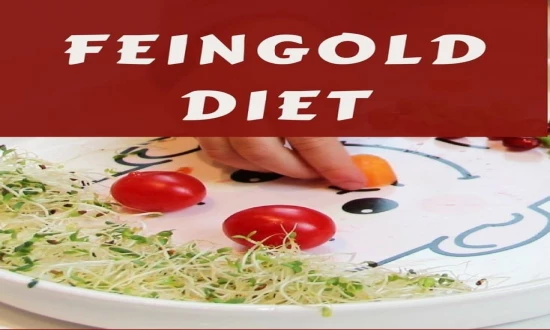
What is the best diet free of triggers for ADHD?
The Feingold Diet was designed by a San Francisco pediatrician and allergist to help children with symptoms of attention-deficit hyperactivity disorder (ADHD), dyslexia, and other learning disabilities. It involves avoiding certain foods that some people believe make symptoms worse. Artificial food colours, additives, preservatives and even natural salicylates can cause ADHD symptoms or learning problems. So avoiding them from a child's diet can help with concentration and behavior.
However, this diet for people with ADHD includes important foods such as:
Omega fatty acids, especially omega 3
Protein
B vitamins.
Omega 3 is beneficial for two reasons: Firstly because it is anti-inflammatory and lowers neuroinflammation, which is an inflammatory response in the brain that has been linked to many mental health disorders. Secondly, because Omega-3 helps form cell membranes, it can help neurotransmitters make the brain function better, especially for those with ADHD. It is abundant in nuts, avocados and fatty fish.
Proteins:
Very important for the brain to perform its tasks and functions. Protein has different types of amino acids, which help the brain produce neurotransmitters and neuromodulators - chemical messengers in the brain. This is beneficial for ADHD as ADHD is thought to be partly due to an imbalance of neurotransmitters such as dopamine. Protein-rich foods such as: meat, poultry, seafood, eggs, nuts, seeds, beans and peas.
You should eat high-quality meat that has not been fed antibiotics or hormones because any antibiotics remaining in the meat may alter the gut microbiota and can worsen ADHD.
Vitamin B:
B vitamins are important for brain health, as they can improve brain chemistry and support mental health functions. They are especially beneficial for people with ADHD, as they can support the functioning of neurotransmitters.
Polyphenols
Polyphenols are natural antioxidant compounds, found in many fruits and vegetables. Antioxidants help prevent damage caused by free radicals; These are compounds that can bind to healthy cells and damage the DNA and proteins inside them. They help reduce the symptoms of ADHD.
An imbalance between antioxidants and free radicals in your body is known as oxidative stress
Polyphenols are found in fruits such as berries or starchy vegetables such as spinach
The list of foods and ingredients prohibited for people with ADHD includes:
Artificial food colours, dyes and flavours
Artificial fragrances in foods, air fresheners and lotions
Artificial sweeteners, including aspartame, sucralose, or saccharin
Food preservatives BHA, BHT and TBHQ
Salicylates, which some foods contain naturally and which are also found in some medications
Some foods that contain salicylates include:
Almonds
Apple, apricot, raspberry, cherry, peach, nectarine, orange, plum
Coffee, tea
Cucumber and pickles
Grapes and raisins
Pepper, tomatoes
The diet works in two stages:
The first stage:
Your child avoids foods or products that contain ingredients on the list. You will notice a difference within days.
The second phase:
Your child can start trying these same foods one at a time to see if symptoms return. This way you learn what might cause a reaction in your child.
Some scientists disagreed about this diet, as it may help some children with attention deficit hyperactivity disorder.
You should not use the diet in place of medications or treatment for your child's ADHD